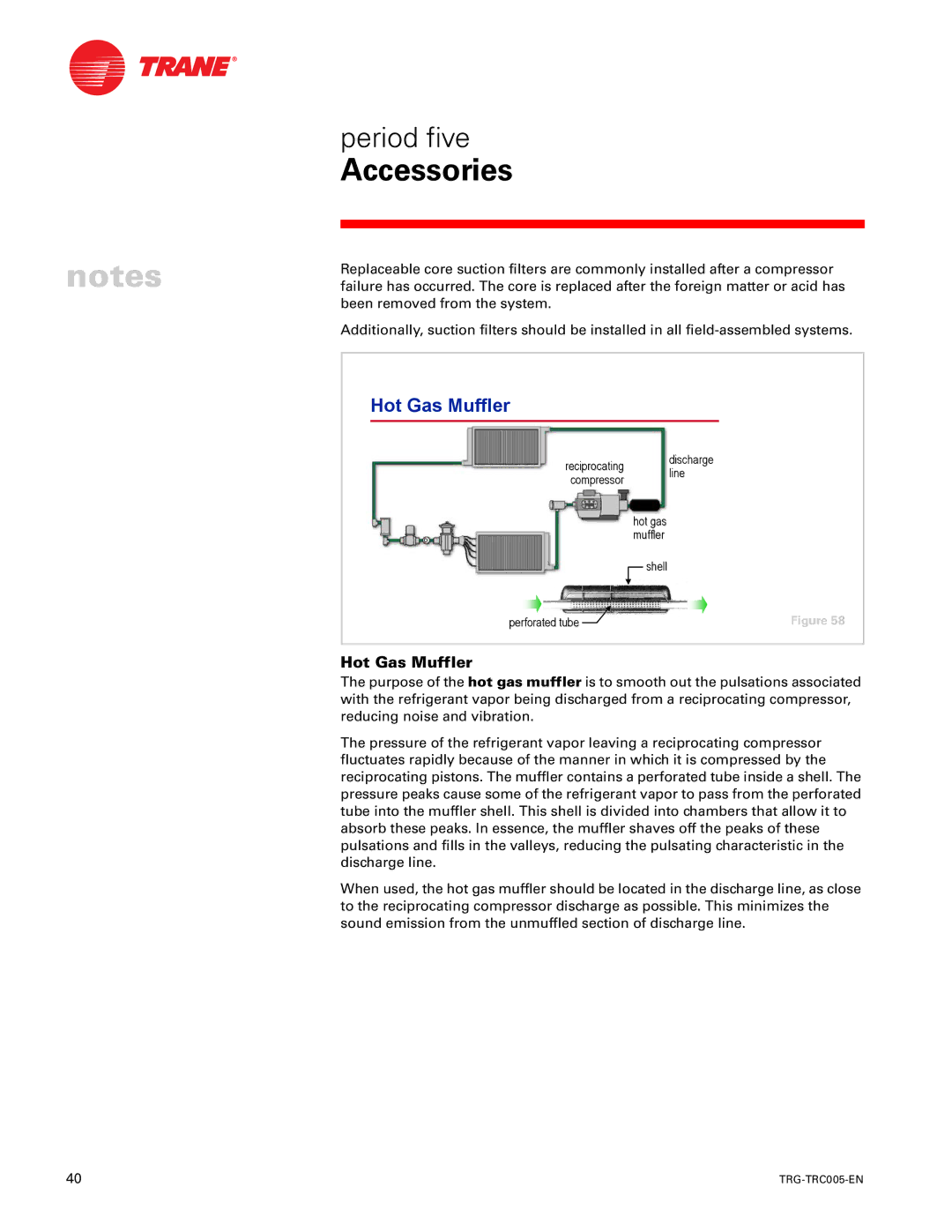trg-trc005-en specifications
The Trane TRG-TRC005-EN is a sophisticated and versatile HVAC control system designed for modern commercial buildings. As part of Trane's innovative lineup, this device offers advanced functionalities to enhance energy efficiency, comfort, and operational ease. The TRG-TRC005-EN is equipped with cutting-edge technologies that make it an essential tool for facility managers and HVAC professionals.One of the main features of the TRG-TRC005-EN is its comprehensive control capabilities. This system allows for precise monitoring and management of heating, ventilation, and air conditioning systems, ensuring optimal indoor air quality and thermal comfort. With its intuitive interface, users can easily navigate through various settings, enabling them to customize the environment per their specific needs.
The TRG-TRC005-EN integrates seamlessly with Trane’s building management systems, offering enhanced connectivity for efficient control. This connectivity allows for real-time data analytics, ensuring users can make informed decisions based on the system’s performance. Furthermore, the device supports both wired and wireless communication protocols, enhancing its flexibility for different building setups.
Energy efficiency is a hallmark of the TRG-TRC005-EN. It features advanced algorithms that actively optimize energy usage, resulting in reduced operational costs. The system can assess external weather conditions and adjust HVAC settings accordingly, promoting energy conservation without compromising comfort.
Additionally, the TRG-TRC005-EN includes built-in diagnostics to monitor system performance continuously. This feature helps in early detection of potential issues, allowing for timely maintenance and minimizing downtime. The diagnostic capabilities extend to monitoring energy consumption, providing valuable insights for energy management strategies.
Another significant characteristic of the TRG-TRC005-EN is its user-centered design. The system offers customizable user roles, allowing different levels of access depending on the user’s needs. This aspect not only streamlines operation but also enhances security within the facility.
In summary, the Trane TRG-TRC005-EN is a powerful HVAC control solution that combines advanced technologies with user-friendly features. Its ability to optimize energy efficiency, enhance comfort, and provide real-time monitoring makes it an invaluable asset for managing modern commercial buildings efficiently. With the TRG-TRC005-EN, users can be assured of a reliable, effective, and intelligent system that meets the demands of today’s interconnected world.

